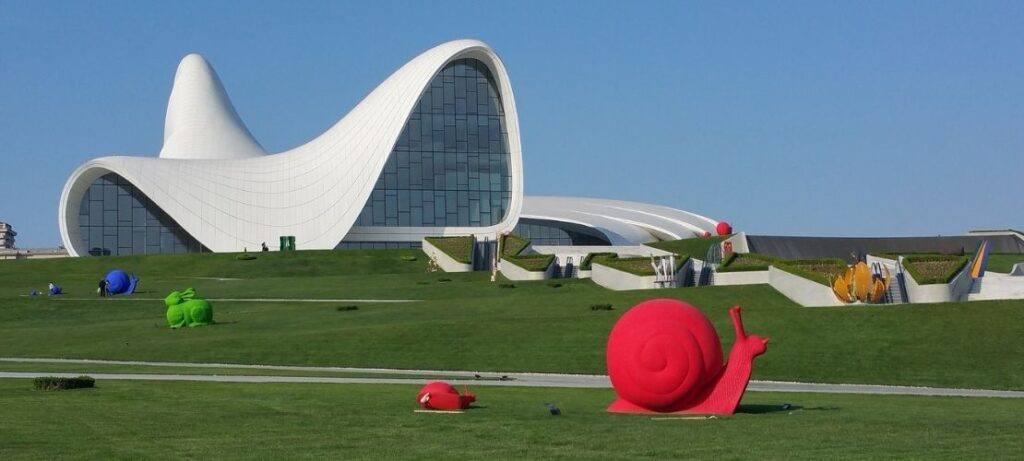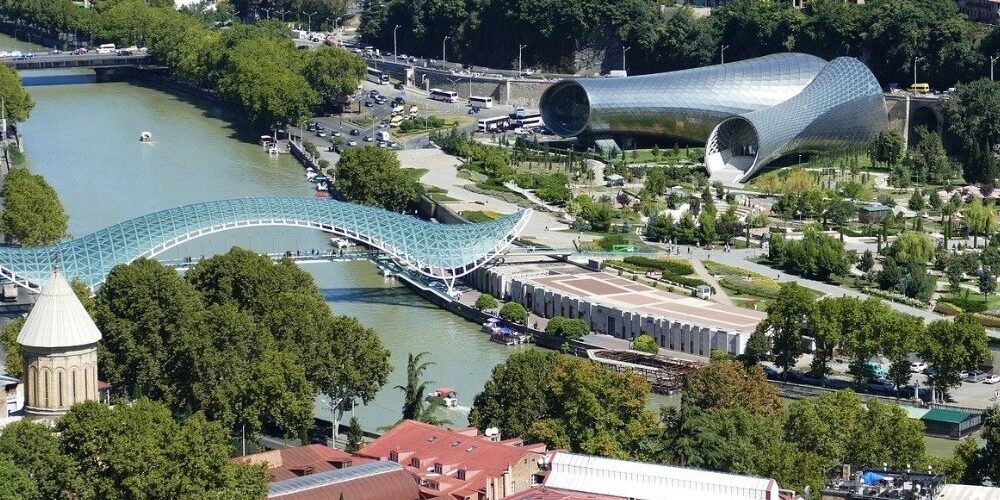Visit the Caucasus: Georgia, Armenia, Azerbaijan
Georgia, Armenia and Azerbaijan refer to the South Caucasus region. This area is a melting pot of cultures housed between the Black Sea and the Caspian Sea, where the West (Europe) meets the East (Asia). Visiting all three countries simultaneously offers travelers an invaluable opportunity to taste and compare all the different natural sites, cuisines and cultural customs.
Why travel to Georgia, Armenia and Azerbaijan?
The South Caucasus offers a mix of Eurasian culture with singularly distinct cuisines and cultural customs that emerged when different communities met centuries ago, interacted and evolved over time. Additionally, touring Georgia, Armenia, and Azerbaijan provides the opportunity to explore incredible natural attractions and some of the most important historical monuments and destinations in the Caucasus region all in a single trip. A tour to Georgia, Armenia and Azerbaijan offers travelers an opportunity to learn about a part of the history of human civilization that has not been emphasized or given the attention it deserves by modern society. In a sense, visiting ancient and historical monuments in Georgia, Armenia and Azerbaijan can be seen as a tribute to our ancestors for their contribution in laying the foundations of the modern civilization we love and enjoy today.
Highlights of Georgia
One of the main reasons why most travelers to the Caucasus prefer Georgia is its close resemblance to other European nations and societies, but with a richly preserved historical heritage and pristine mountainous landscapes. Visiting Georgia offers value because it has something for every traveler from unique architecture for architectural design enthusiasts to Orthodox churches and monasteries for religious travelers. Additionally, Georgia offers a wide variety of amazing and flavorful foods, such as traditional meat dumplings (khinkali) or cheese and eggs on top of baked bread (khachapuri). If you are a wine traveler, Georgia has some of the best traditional wineries in Europe, offering a variety of wines for your indulgence.

Visiting Georgia
Most of the touring trips that unite the three nations usually begin in Georgia when lucky travelers get acquainted with this magical region after landing in Georgia’s capital, Tbilisi. The most effective strategy to ensure you visit all the sites during the tour period is to draw up a plan that starts with the closest attraction and moves forward one at a time across the country to the crossover. For example, you spend your first day around Tbilisi visiting its part of the Old Town while shaking off the jet lag or fatigue of your long flight.
On the second day, you can switch to shorter trips away from the city such as a half-day trip to the ancient capital of Georgia known as Mtskheta combined with a visit to the Jvari Monastery, perched on a hill overlooking the ancient capital. Once you have been mesmerized and drawn to what the region has to offer and sufficiently motivated to taste more, you can increase the legs of your tours.
For example, you can take a day trip to witness the majestic beauty of North Georgia, Mount Kazbegi and Gergeti Monastery, perched on the mountain. The spectacular natural beauty offered by this northern region of Georgia will leave you wishing you had more time to stay longer. Among the most important attractions in Georgia are:
Historical center of Tbilisi
• Gelati Monastery: This monastery is a Unesco world heritage site that offers a perfect representation of a golden age architecture. Founded in 1106 by the great 12th-century king David the Builder as a center for Christian culture, this monastic complex near Kutaisi grew to become the cultural hub of Georgia’s medieval renaissance, a cemetery for Georgian rulers and an important church for the Georgians.
• Tsminda Sameba Church: This church in Stepantsminda (Kazbegi) dates back to the 14th century and has become the symbol of Georgia due to its distinct hilly setting with Mount Kazbegi in the background.
• Chavchavadze Estate: This estate in Tsinandali, with its majestic palace and gardens, was created by Prince Alexander Chavchavadze, considered one of the most colorful and influential leaders in the history of Georgia.
• Alaverdi Cathedral: built in the early 11th century by King Kvirike of Kakheti, this majestic cathedral marks the beginning of Georgia’s cultural and political golden age.
• David Gareja Monastery: This monastery is a series of rock chapels found on the border between Georgia and Azerbaijan and dates back over ten centuries with frescoes from the 10th to 13th centuries wearing its walls. In cave 36, in cave 42 (Church of the Annunciation), you will find one of the beautifully decorated 11th-century frescoes of the Last Supper and of Christ and his disciples.
• Anchiskhati Basilica: built in the 6th century by King Gorgasali’s son Dachi, this one of the oldest and most beautiful in Tbilisi.
• Narikala Fortress: dating from the fourth century, this fortress dominates the skyline of the Old City and offers a wealth of Persian history, including the reign of the Arab emirs in the eighth century.
